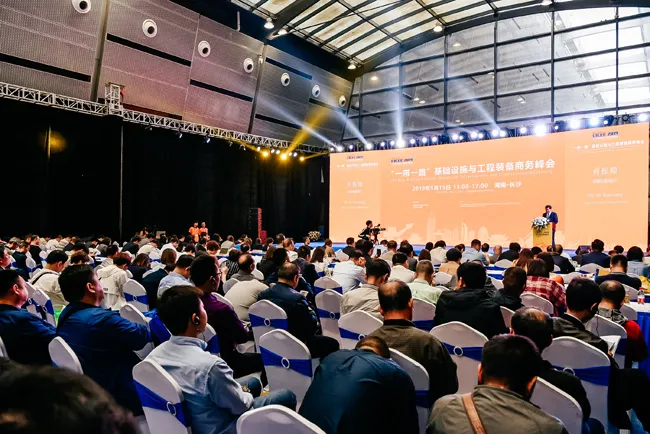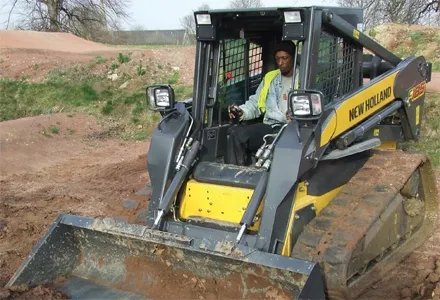
The excavators will be from
Case merged
New Holland has also had mini-excavators, skidsteer loaders and loaders, made by its South Korean partner
“We had essentially two independent dealer networks competing with the same products. Long term it made no sense for the group to do this,” he said. But the Kobelco partnership with New Holland is winding down and will finish by the end of 2017.
“At Case, for 20 years we’ve been dealing with Sumitomo for excavators and this is a long-term relationship that we are building on. As well as taking products from Sumitomo’s plant in Chiba, Japan, we will also assemble Case-branded Sumitomo excavators in Case plants around the world. But not in America at the moment. Our prime focus is South America, especially Brazil where there is financial support for capital equipment for locally-manufactured product,” said Blandford.
Case remains committed to INTERMAT, said Blandford. “We’re convinced we need to be at this show. We have messages to give customers about the power of the Case brand. And because Europe is key for us and the French market is critical for us and we need to be here in France.”








